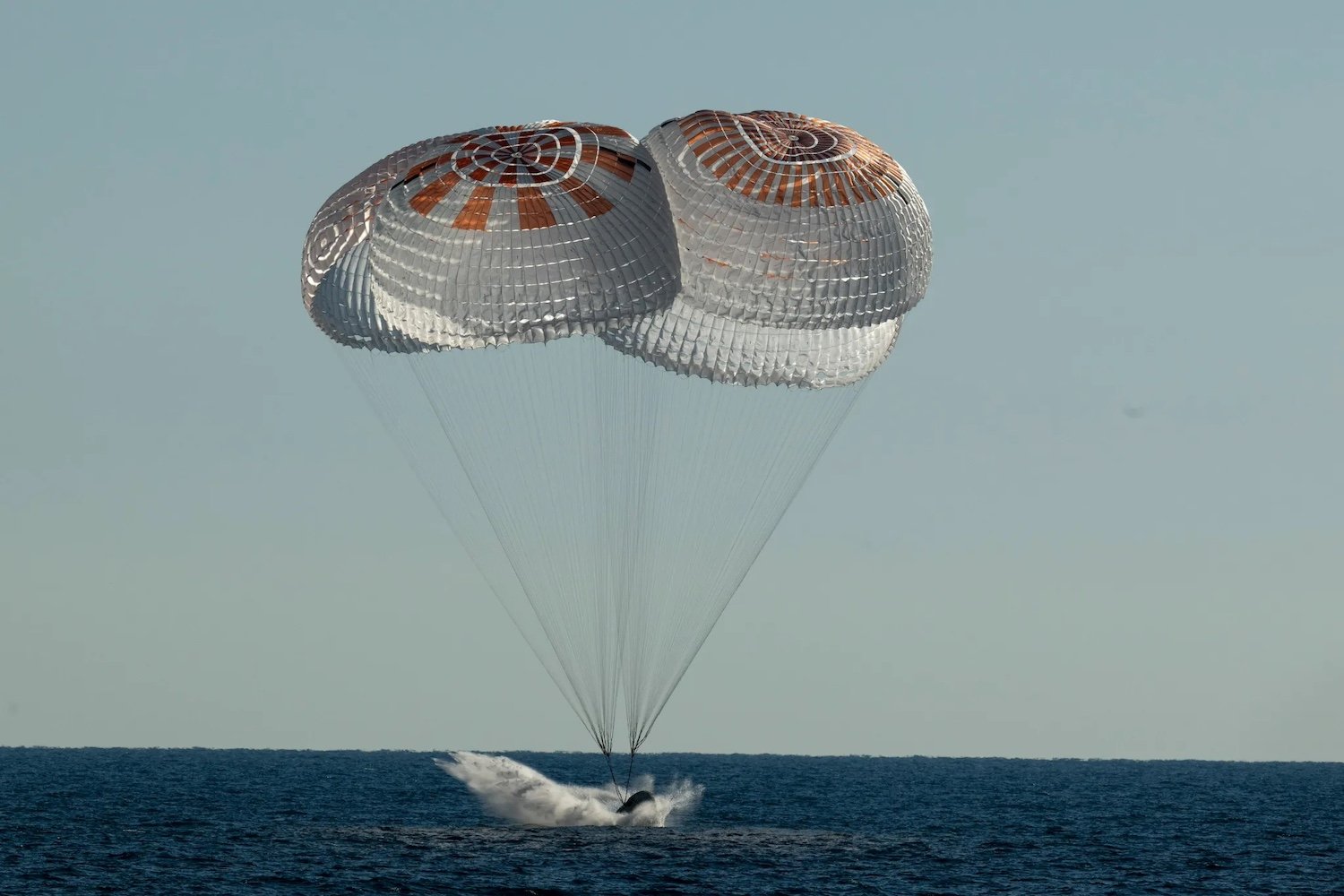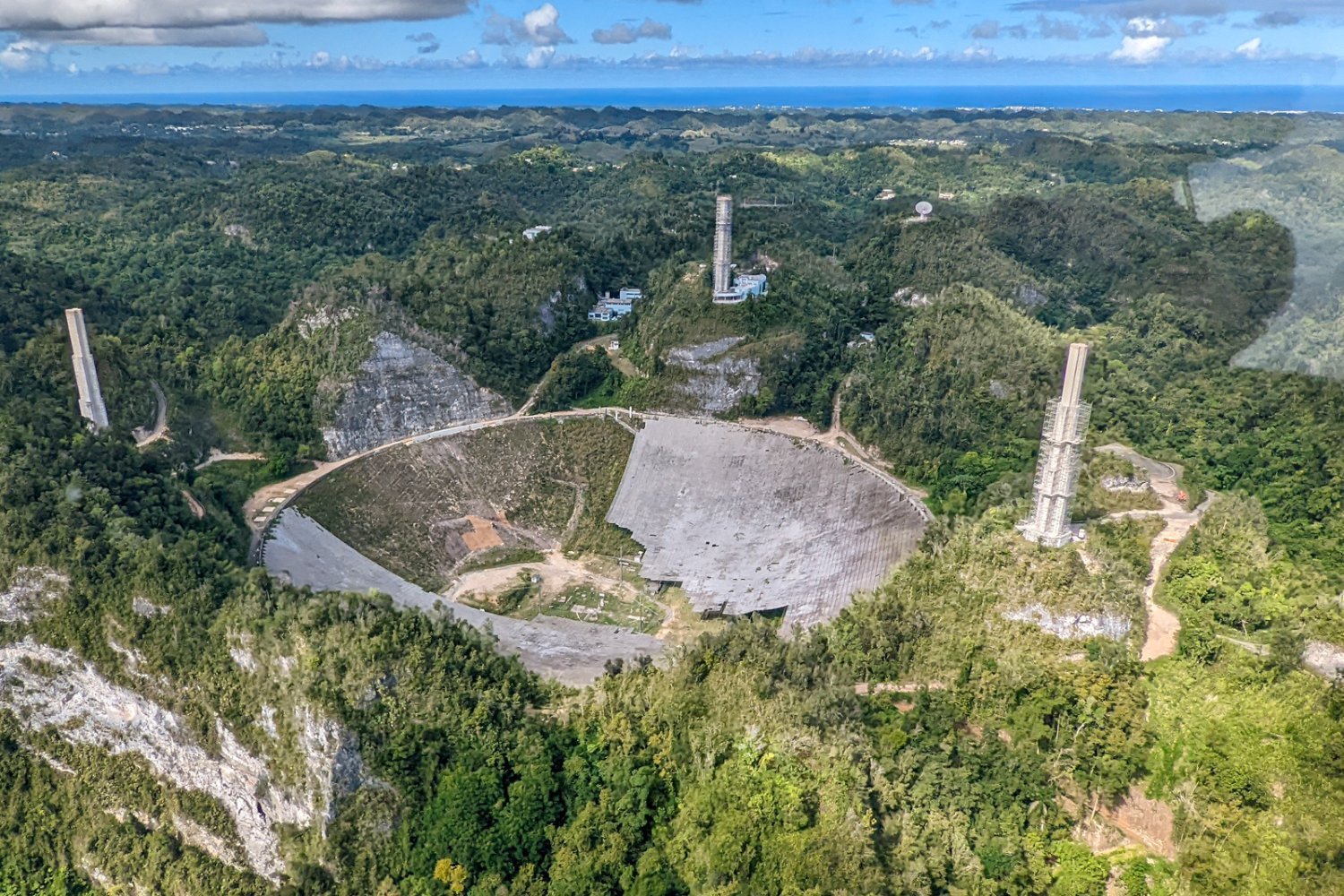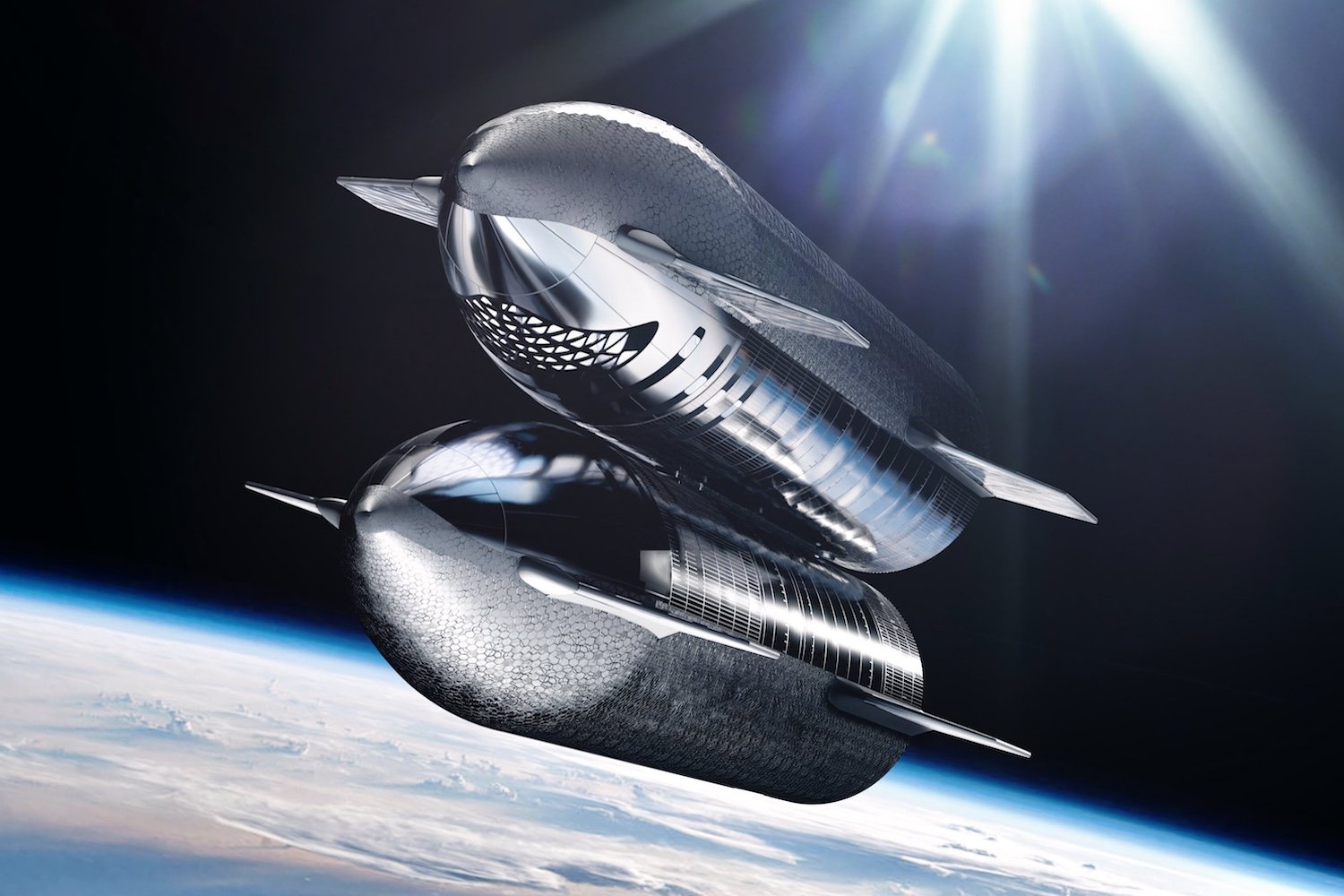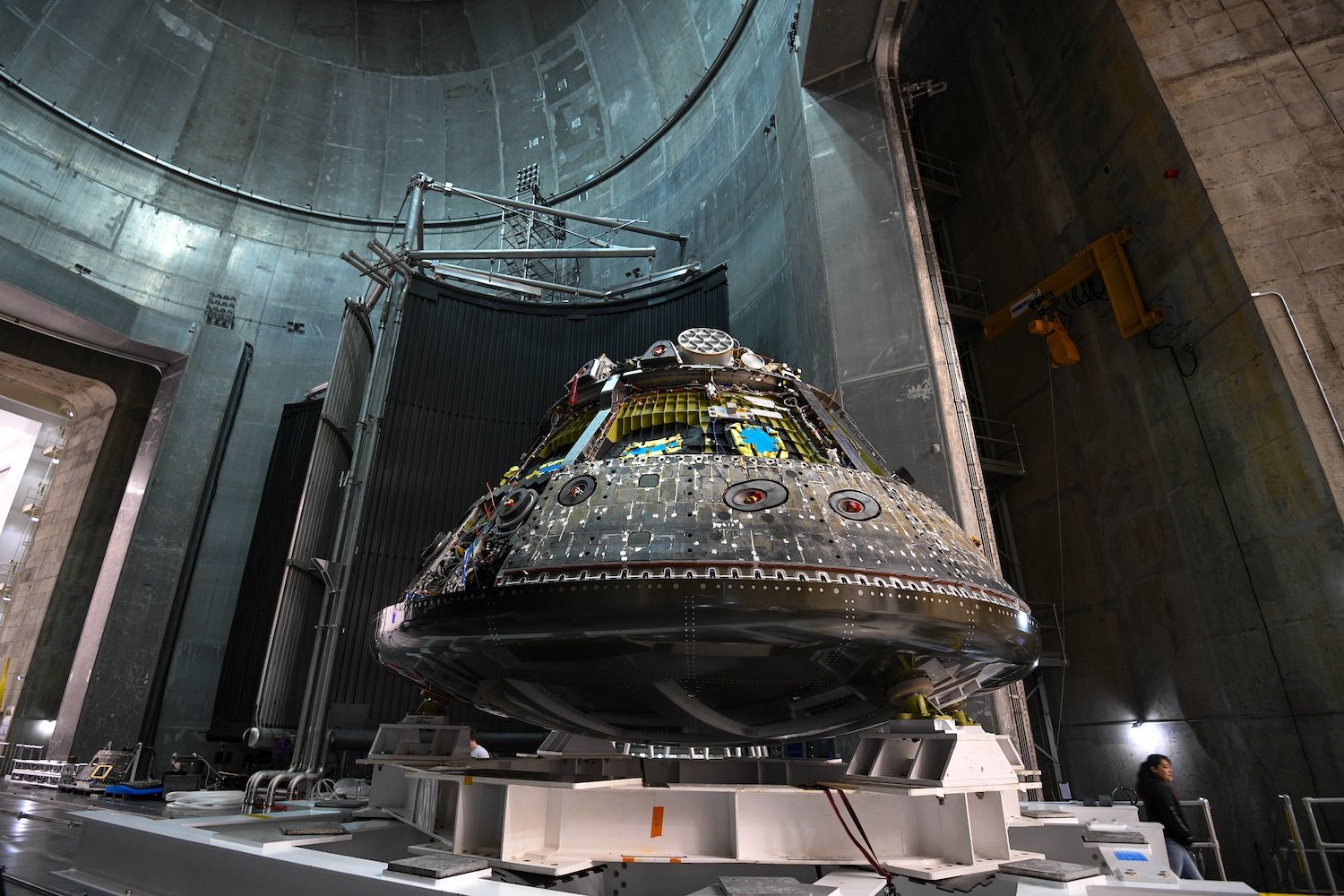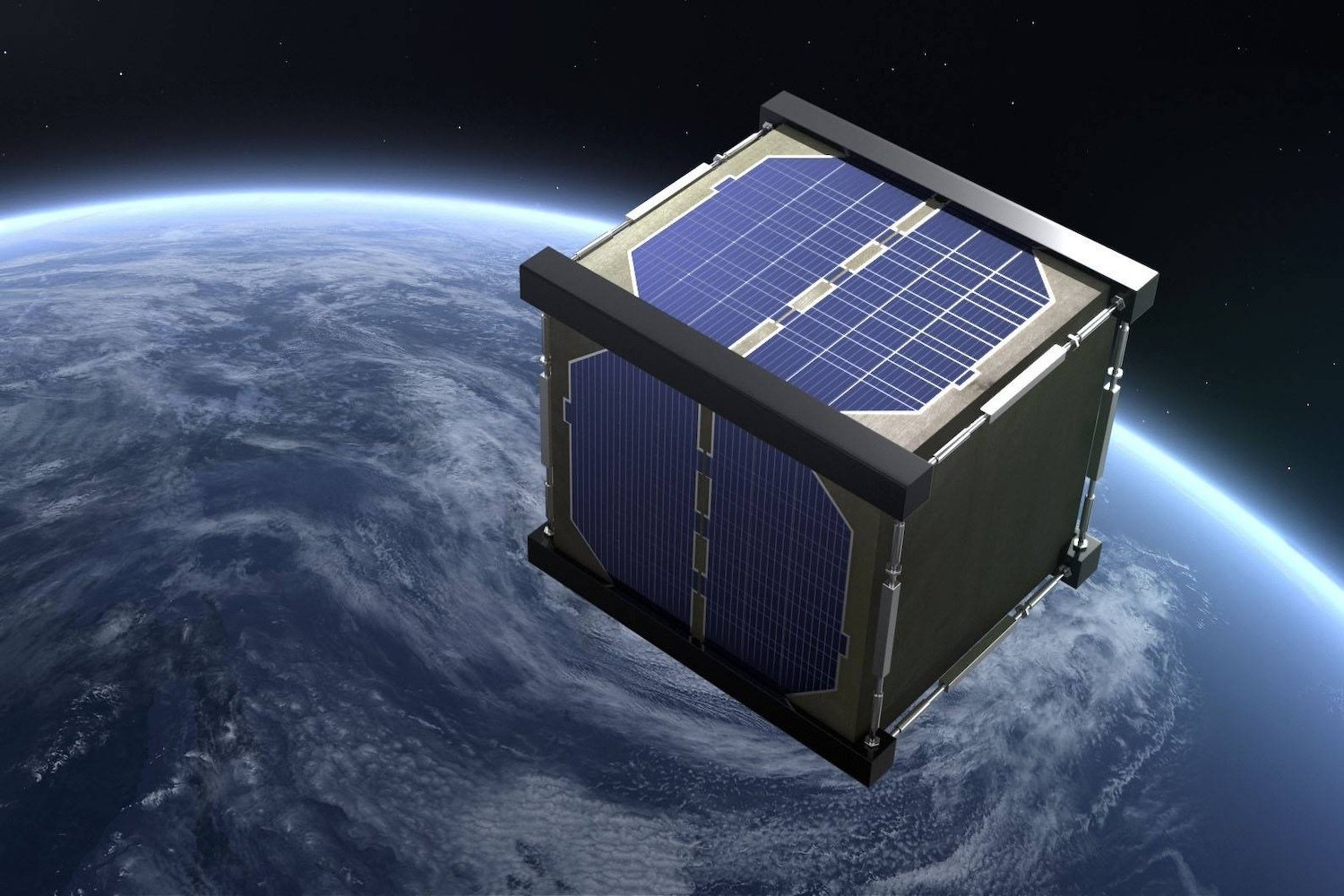The Aerospace Safety Advisory Panel (ASAP) has voiced concerns regarding SpaceX’s crew safety protocols following a series of recent anomalies involving the Falcon 9 rocket and Dragon crew capsule, coupled with the hospitalization of four astronauts after their return from the International Space Station (ISS). This comes as SpaceX continues to accelerate its launch cadence, striving to maintain its leading position in the commercial space industry.
Increased Launch Pace Raises Safety Concerns
During a recent ASAP meeting, former astronaut and panel member Kent Rominger highlighted several incidents involving SpaceX hardware, as reported by SpaceNews. While SpaceX has a long-standing partnership with NASA, successfully launching nine crews to the ISS, the recent string of anomalies raises questions about the potential impact of the company’s ambitious launch schedule. “When you look at these recent incidents over the last handful of weeks, it does lead one say that it’s apparent that operating safely requires significant attention to detail as hardware ages and the pace of operations increases,” Rominger stated. He emphasized the need for both NASA and SpaceX to remain vigilant in ensuring the safety of Crew Dragon operations, urging them not to take any “normal” operations for granted.
The most recent concern stems from the hospitalization of all four Crew-8 astronauts following their splashdown off the coast of Florida. While NASA has not released details regarding the reason for hospitalization or its potential connection to the Dragon splashdown, the incident underscores the importance of thorough post-flight medical evaluations.
Falcon 9 Rocket Experiences Multiple Setbacks
SpaceX’s Falcon 9 rocket, typically a reliable workhorse, has also encountered several issues this year. After launching the Crew-9 mission in September, the rocket’s upper stage experienced an off-nominal deorbit burn, causing it to miss its intended splashdown zone. This marked the third time in less than three months that a Falcon 9 mission had encountered problems.
In July, an upper stage malfunction prevented a Falcon 9 from delivering its satellite payload to orbit. An investigation attributed the engine malfunction to an oxygen leak. A month later, a Falcon 9 booster toppled over and ignited on its droneship landing platform after deploying Starlink satellites. Although the FAA grounded the rocket, it resumed Starlink launches just three days later.
These anomalies are unusual for the typically reliable Falcon 9, which has boasted a near-flawless record since its 2010 debut. With SpaceX targeting a record 148 Falcon 9 launches this year, significantly exceeding 2023’s 98 missions, the increased launch frequency may be contributing to these issues.
Prioritizing Safety Amidst Ambitious Goals
Rominger urged both NASA and SpaceX to “guard against letting the high pace of operations [cloud] their judgment” and ensure adequate resources are allocated to investigating root causes and implementing corrective actions. SpaceX faces considerable pressure to meet the demands of the rapidly expanding commercial spaceflight sector, especially given CEO Elon Musk’s ambitious goals and timelines.
Conclusion: Balancing Innovation and Safety
As SpaceX continues to push the boundaries of space exploration, it’s crucial to prioritize safety alongside innovation. The recent anomalies and crew hospitalization serve as a reminder of the inherent risks involved in spaceflight and the importance of meticulous attention to detail. Moving forward, a careful balance between ambitious goals and rigorous safety protocols will be essential for ensuring the continued success and safety of SpaceX’s missions.



